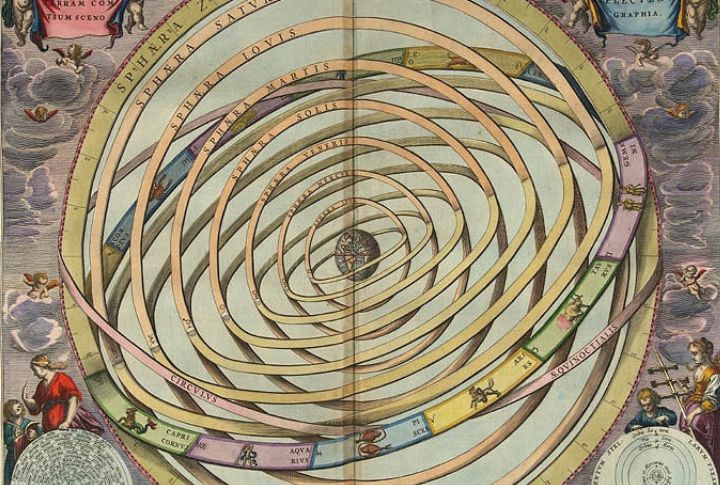
You read a science book from the 80s or 90s and think it is outdated. Well, the truth is that you are not alone because ancient ideas are often dismissed as obsolete. The truth is that these exact details have sparked fresh debates in modern science. Do you think you know it all? Keep reading to learn how ancient theories still apply.
Lamarck’s Theory Resurfaces with Epigenetics
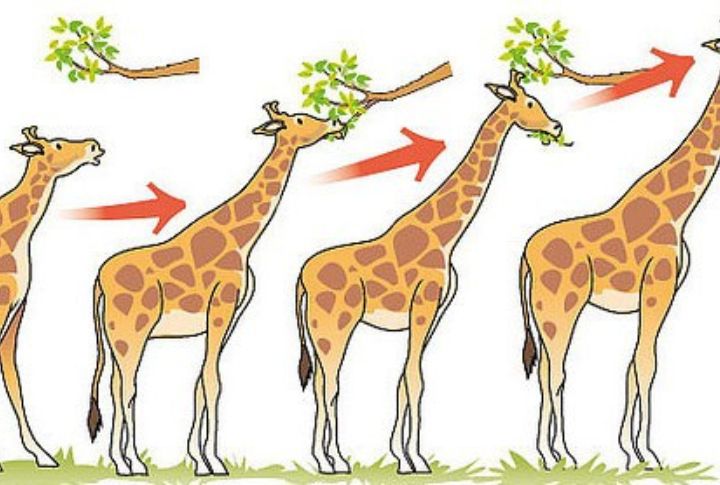
Centuries ago, Jean-Baptiste Lamarck proposed that life experiences could alter traits passed to offspring—a bold claim mocked for decades. However, epigenetics reveals how environmental factors like stress or diet can tweak gene expressions across generations. Scientists are discovering traces of Lamarck’s theory, from famine survivors’ DNA to stress-linked diseases.
Pythagoras’ Harmony Lives On in String Theory
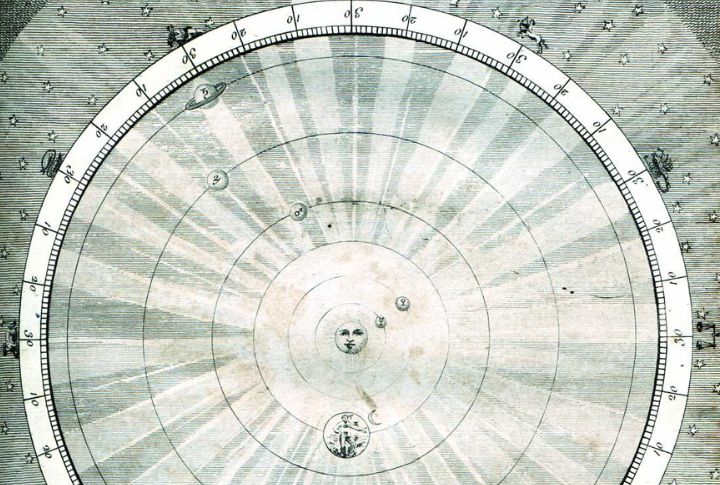
Ever heard of the “music of the spheres”? Pythagoras suggested celestial objects created harmonies that shaped the universe. While symbolic, string theory picks up this ancient tune, suggesting that vibrating strings form the foundation of matter. If the universe is a symphony, are we just lucky listeners? Pythagoras’ melody now dances through innovative physics.
Democritus’ Atoms Pave the Way to Subatomic Particles
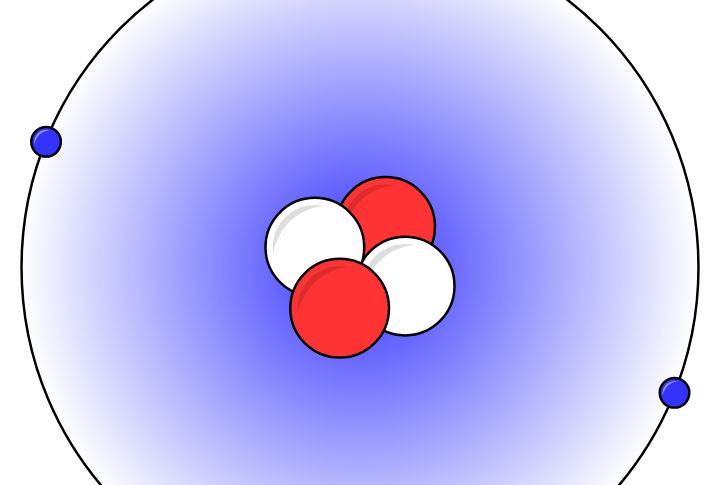
When he imagined that tiny, indivisible atoms made up the world, Democritus was onto something. Modern science split his “atoms” into quarks and leptons, welcoming us into even more minor mysteries. Particle accelerators (the Large Hadron Collider) have shown that subatomic particles behave unpredictably, something even Democritus couldn’t foresee. Turns out, his building blocks had layers.
Alchemy’s Mystical Goals Shape Modern Chemistry
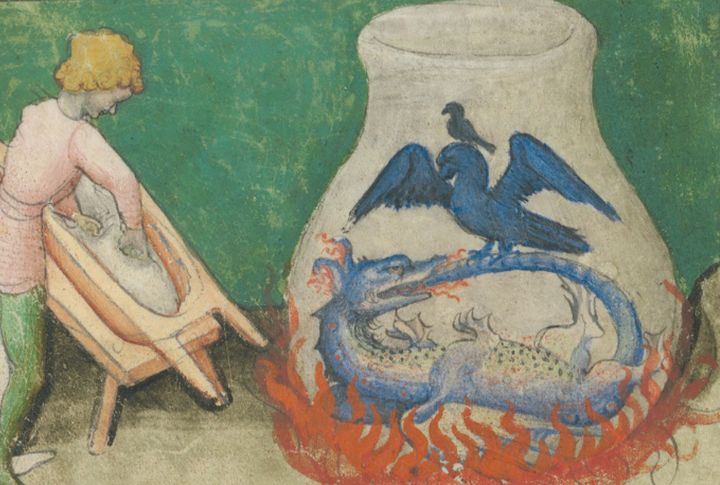
What if turning lead into gold wasn’t a wild goose chase? Alchemists may not have succeeded in their magical transformations, but they pioneered experimental techniques like distillation and filtration. These early dabblers gave rise to chemistry as we know it. Today, scientists “transmute” elements with nuclear physics—alchemy with a 21st-century twist!
Miasma Theory and Environmental Health Connections
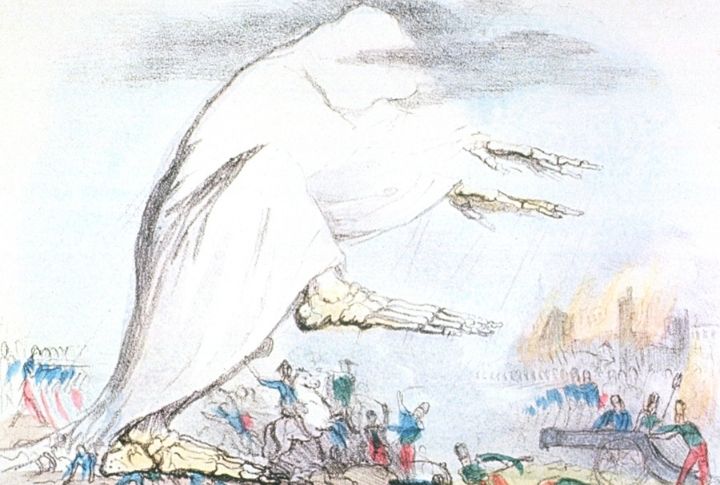
In the 19th century, people blamed “bad air” for diseases. The miasma theory, though debunked, turned out to have an unexpected upside. Its focus on clean environments eventually inspired sanitation efforts that saved lives. Fast forward, and pollution studies confirm how air quality impacts modern health. Sometimes, even wrong ideas can smell of success.
Ether Theory’s Echoes in Quantum Fields
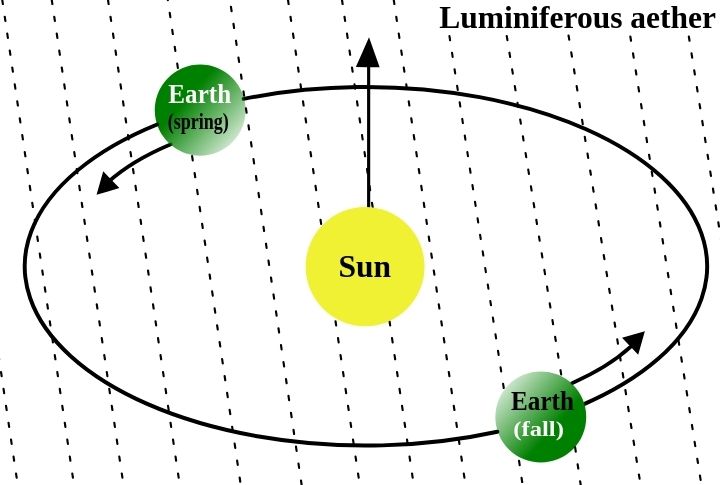
Ether once explained how light traveled through space until Einstein’s theories banished it to oblivion. But wait—quantum fields fill space with energy, eerily similar to the dismissed Ether concept. These invisible fields birth particles and fuel interactions, making scientists wonder: was the ether more of a prequel than a mistake?
Catastrophism Rocks Modern Geology
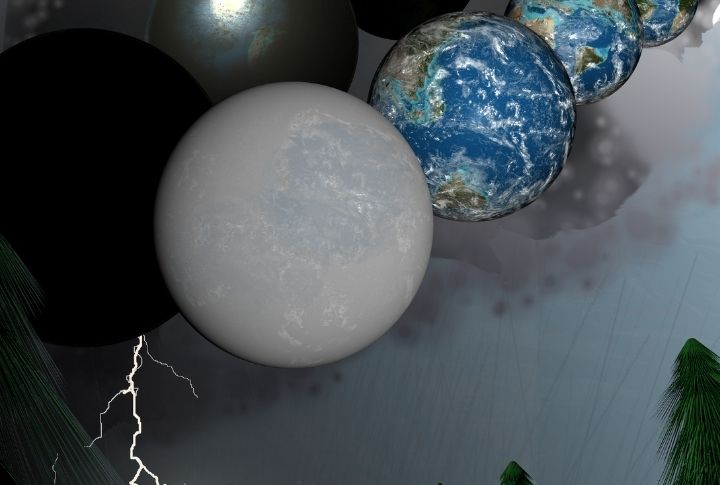
One time, catastrophism blamed sudden disasters, like floods, for Earth’s changes. Though dismissed as here say back then, the asteroid theory behind the dinosaurs’ extinction brought it roaring back. Evidence like the Chicxulub Crater shows catastrophes have shaped Earth’s history more than once. It turns out that catastrophism was more of a boom than a bust.
Phlogiston Theory and Combustion Chemistry

The idea of phlogiston—a fire element released during burning—once dominated science. While we now know combustion relies on oxygen, phlogiston-inspired experiments uncovered this truth. Modern combustion science powers engines, rockets, and more. Who knew a fiery misunderstanding could light the way forward?
Geocentrism’s Philosophical Aftershocks
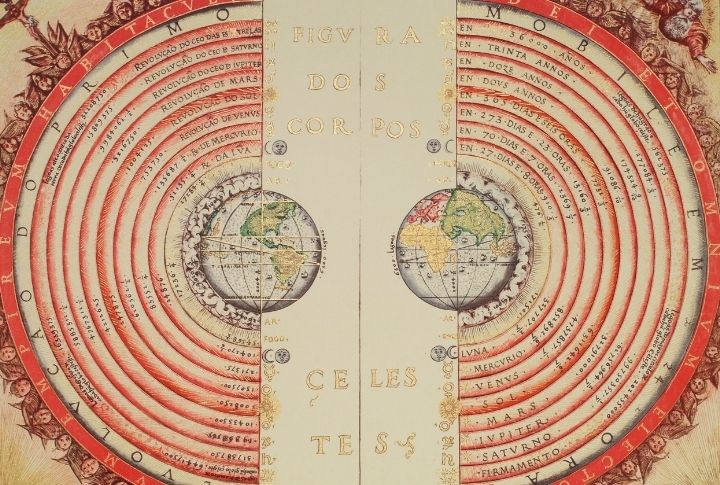
The idea that Earth sat at the center of the universe may be long gone, but its philosophical questions remain. Modern theories, like the anthropic principle, ask why the universe seems finely tuned for life on Earth. Are we cosmic accidents or intentional designs? Geocentrism’s search for meaning still stirs debate.
Vitalism’s Energy Lives On in Systems Biology
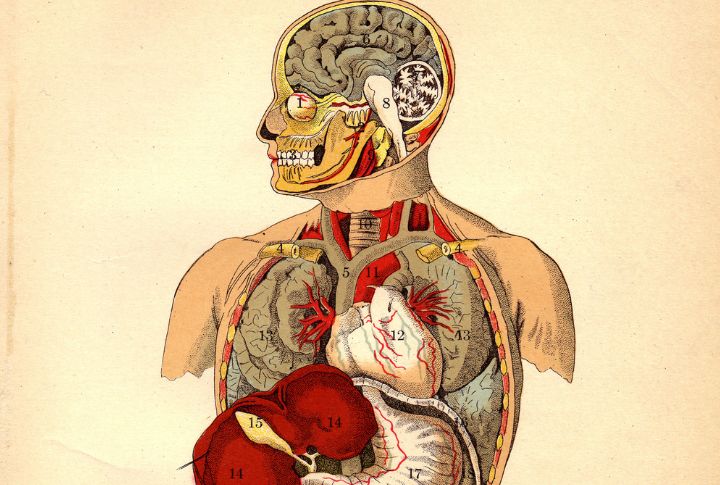
Vitalism once claimed a mystical force powered life itself. While science rejected this notion, systems biology borrows its holistic approach. Studying how cells, organs, and systems interact has revealed life’s complex “orchestra” of signals and networks. Vitalism’s “spark of life” might just be the harmony of science at work.
Steady-State Universe and Cosmic Expansion
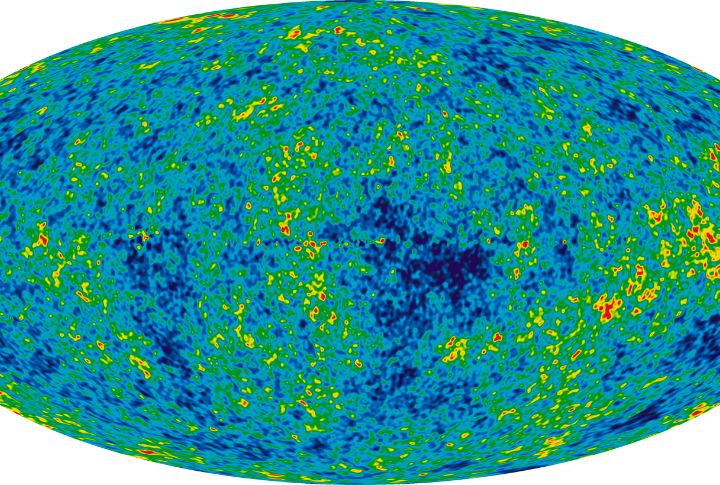
The steady-state theory proposed that the universe always existed and continually created matter to sustain its expansion. Although discarded in favor of the Big Bang, this idea inspired new explorations into cosmic growth. The discovery of dark energy in the 1990s reignited interest in how the universe expands—perpetually or otherwise.
Spontaneous Generation and the Origin of Life
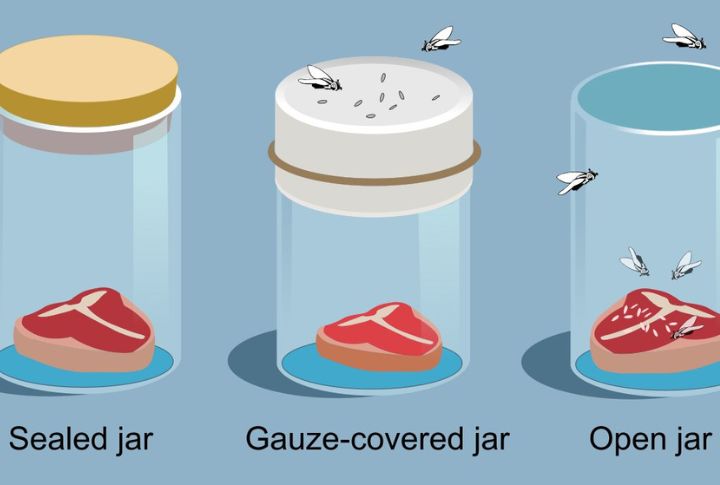
Although this notion faded with scientific scrutiny, in ancient times, people believed life could emerge from nonliving matter, like flies from rotting meat. Abiogenesis now examines life’s origins in Earth’s early environment. Researchers simulate “primordial soup” scenarios, proving old ideas can transform into progressive science. Life, it seems, always finds a way!
Flat Earth and Non-Euclidean Geometry
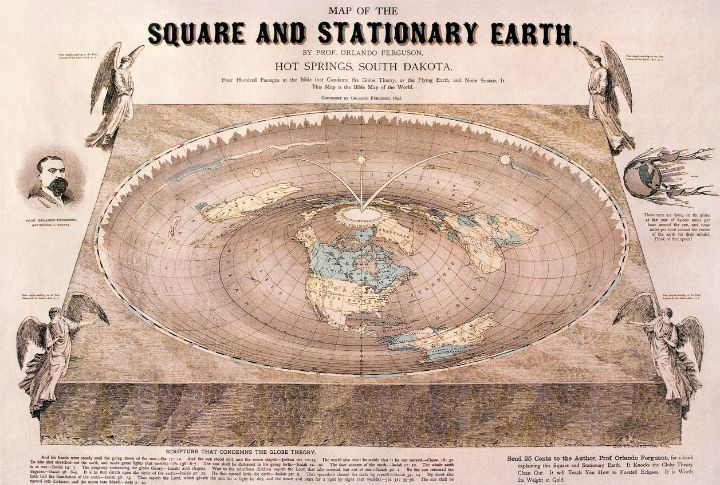
Forget medieval maps—ancient flat-Earth ideas inadvertently led to discoveries about space-time. It also gained a community: Flat Earthers. Modern physics adopted principles of curved geometries to describe black holes and the universe’s shape. Einstein’s work revealed that spacetime bends, making flatness obsolete. Who knew a dated notion could inspire such cosmic revelations?
Epicycles and Predicting Planetary Paths
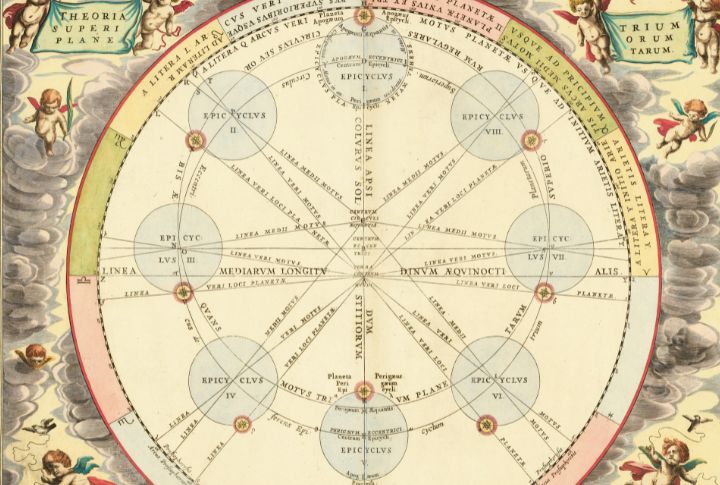
While modern astronomy dismissed Earth-centric models, epicycles reemerged in orbital mechanics to predict satellite paths and gravitational tugs. This comes from Ptolemy’s epicycles, which explain retrograde planetary motion in a geocentric universe. The math behind these ancient loops has found fresh relevance. It proves that sometimes what goes around really comes around.
Hollow Earth and Earth’s Inner Mysteries
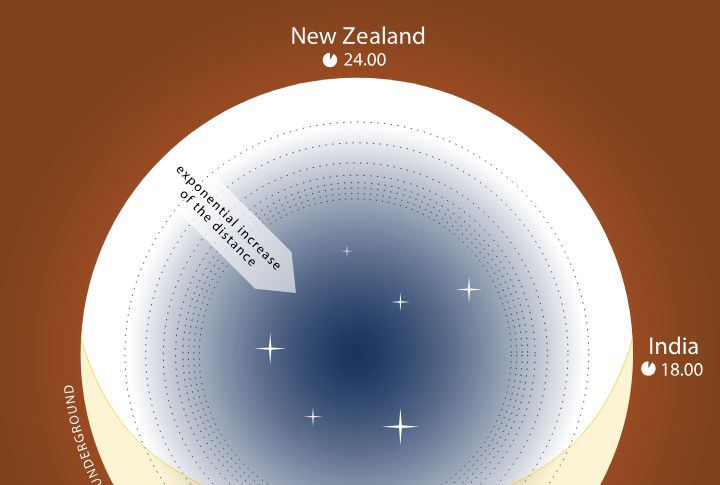
Legends of a hollow Earth have enthralled explorers for centuries. Though believed to be untrue, recent findings of subsurface ecosystems and underground oceans under Antarctica echo those ancient ideas. Discoveries of extreme life forms in Earth’s depths show that the truth, while less dramatic, is no less incredible. Talk about thinking below the surface!
Galvani’s Animal Electricity and Neural Sparks
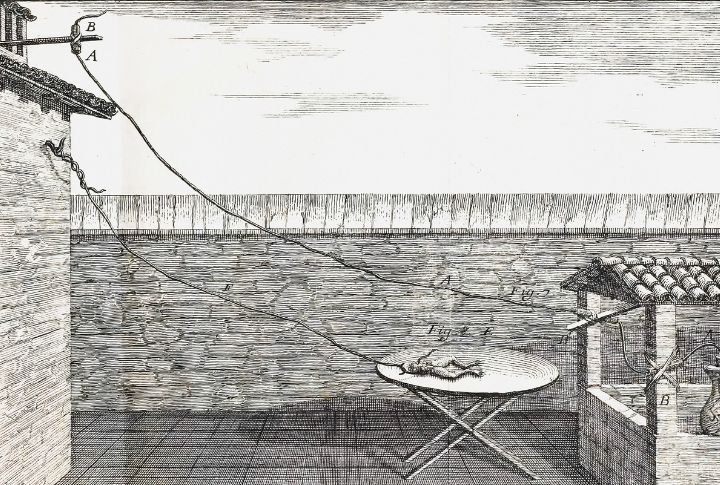
Luigi Galvani undertook experiments with frog legs and introduced “animal electricity,” a concept that jump-started bioelectric research. Today, scientists investigate bioelectric fields in healing and cell communication. At the same time, Galvani didn’t revive the dead like Frankenstein; his ideas electrified biology.
Vital Heat and Metabolic Mysteries
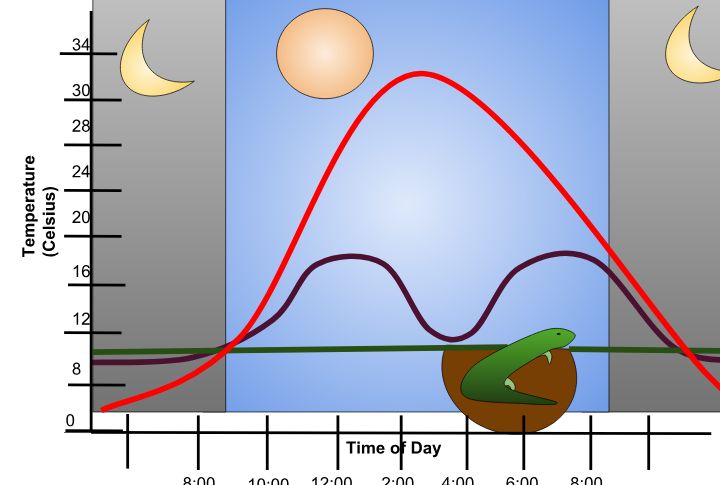
Once upon a time, Hippocrates described a “vital heat” as the key to life. Fast forward to today, and thermoregulation—the body’s ability to maintain temperature—remains critical. Research into fever mechanics and hibernation shows how heat regulates life processes. Ancient musings on heat’s role in vitality were hot topics then and still are now.
Anthropocentrism and Animal Intelligence
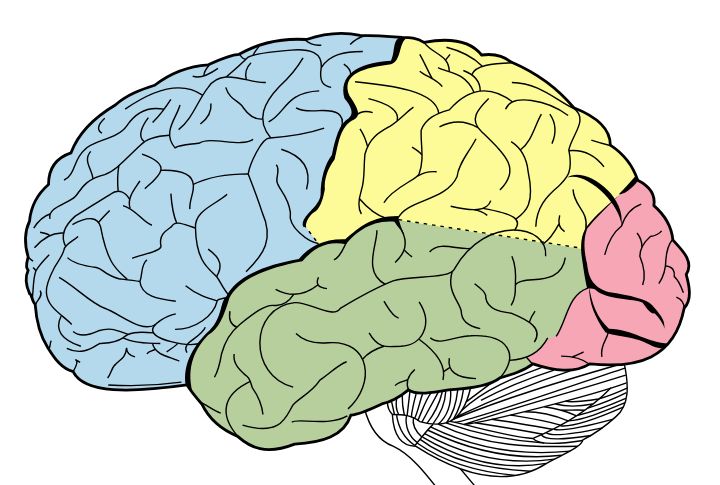
Anthropocentrism placed humans atop a pyramid of intelligence for millennia. Yet, studies of animals like octopuses solving puzzles and elephants grieving challenge this hierarchy. Today’s findings suggest that intelligence takes many forms. It seems humanity has some stiff competition regarding cleverness in the animal kingdom! Dolphins and octopuses, to name a few.
Astrology and Circadian Science
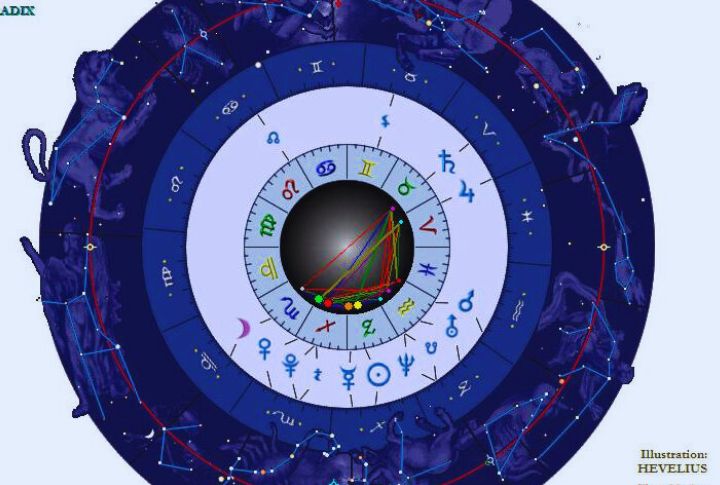
Astrology linked the stars to human behavior. Modern circadian rhythm studies show the moon, light, and planetary cycles affect sleep and health. Though astrology’s mystical claims lack tangible evidence, its premise—cosmic influence—aligns with biology. Sleep cycles, tides, and moods suggest we’re all dancing to the universe’s rhythm. Let’s wait to see how it unfolds in a few years.
Phrenology and Mapping the Mind
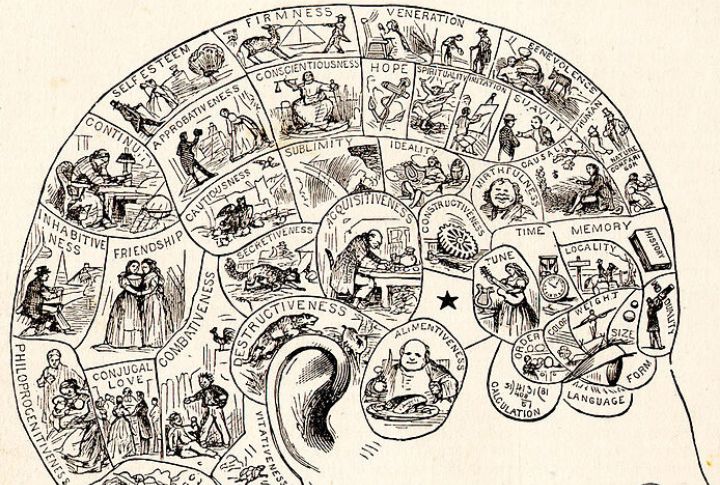
The branch of science called Phrenology claimed that skull bumps revealed personality traits. While the previous pseudoscientific methods were fuitile, the idea that brain areas serve distinct functions persists. Neurological mapping, like identifying the amygdala’s role in fear, continues to refine our understanding of the mind. Even outdated ideas can plant the seeds for discovery! Science is cool, right? And eternal!
